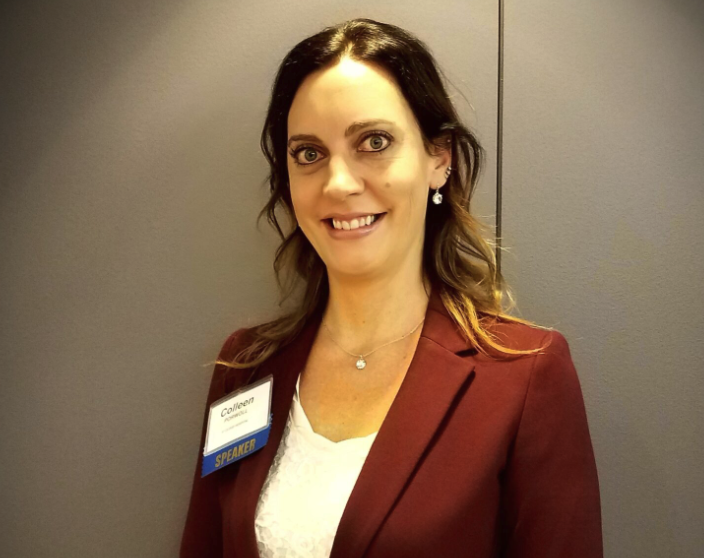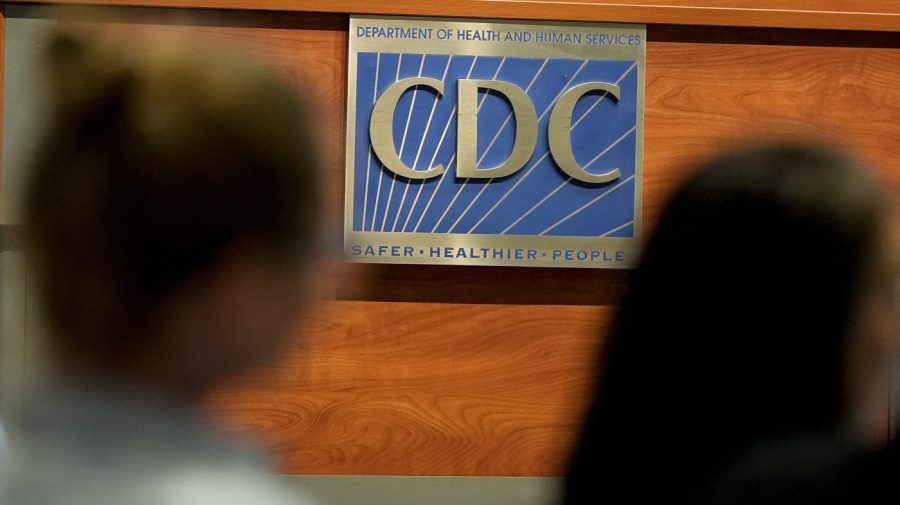
Patient safety and quality issues can result in suboptimal outcomes for patients and operational and financial challenges for health systems and hospitals.
Each year, an estimated 400,000 hospitalized patients experience preventable harm in the U.S., while more than 200,000 deaths are attributed to avoidable medical errors, according to the book “Medical Error Reduction and Prevention.” Medical errors are responsible for an estimated $20 billion in costs annually.
Avoiding these types of costly errors starts with a shared commitment to patient safety that is rooted in transparency, accountability, and continuous improvement. A robust safety culture promotes open, non-punitive communication, consistent daily reporting, and thorough analysis of harmful events to support learning and prevention. Highlighting “good catches” and focusing on the most critically ill patients enables early identification and mitigation of potential risks.
When patient flow breaks down, safety can quickly be compromised. Gaps in communication, unclear accountability, and delays in care progression not only heighten clinical risk, but they also erode trust and strain care teams. That’s why cultivating a culture of safety must go hand in hand with efforts to improve patient flow, visibility, and decision-making at every level of the organization.
One critical tool that helps promote this is the patient safety huddle, a brief meeting among clinicians conducted daily or at the start of each shift and tiered up to leadership. Clinical teams use these huddles to address quality and safety issues, receive updates on improvement efforts, and review relevant performance metrics.
To ensure quality care, patient safety huddles must evolve from passive information sharing to active, real-time decision-making and include technology, insights, and nurse-led partnerships
Problems with traditional patient safety huddles
Hospitals urgently need real-time access to quality and safety data while patients are still in their beds to help prevent falls, infections, readmissions, and other adverse events that drive up costs and prolong hospital stays. By equipping care teams with timely safety insights during patient safety huddles, clinicians — especially nurses and charge nurses — can make more informed decisions that lead to improved outcomes.
However, the limitations of the current approach to patient safety huddles often hinder decision-making by care teams. Following are three major challenges associated with the traditional approach to patient safety huddles.
- Retrospective focus: Most huddles rely on outdated, retrospective data, such as falls, infections, and readmissions, which requires deep chart reviews to identify what happened, limiting timely action.
- Lack of contextual relevance: Metrics are often presented in a generalized, non-patient-specific manner, making it harder to drive meaningful behavioral change among care teams.
- Information overload: Clinicians are often flooded with raw data from electronic health records (EHRs) that is not synthesized or prioritized, leading to “chart surfing” inefficiencies and lack of decisive action.
To surmount these challenges, hospitals need real-time decision support tools that enhance visibility for key stakeholders and prompt timely actions to improve both clinical outcomes and operational performance. Advanced, AI-powered patient safety solutions integrate critical metrics — like patient flow, capacity projections, and safety events — into huddle discussions, enabling more informed and proactive decision-making.
4 must-haves for patient safety
Hospitals that implement modern patient safety platforms can shift from relying on retrospective metrics and labor-intensive chart reviews to accessing timely, actionable quality and safety data for their patient safety huddles.
For example, when a patient shows signs of deterioration and is at risk for sepsis — a potentially life-threatening condition — it’s critical that the care team is immediately alerted to key indicators such as a dropping early-warning score, low absolute neutrophil count, or a positive bacterial culture. In urgent clinical situations where every minute counts, the inability to access and share this information in real-time can have life-threatening consequences.
Hospitals should look for patient-safety solutions that deliver:
- Real-time, actionable intelligence: Solutions must aggregate key safety and quality metrics into a single, constantly updating dashboard that allows for immediate intervention while patients are still in their beds.
- Proactive alerts: Instead of reviewing past incidents, clinicians are alerted in real time as trigger conditions arise, enabling prompt clinical decision-making.
- Actionable insights: With configurable filters hospitals can customize and focus on the metrics that matter most to them — improving relevance and reducing noise.
- Interdisciplinary accountability: A shared data view across roles, such as nurses, charge nurses, virtual nurses, unit managers, improves collaboration and accountability, ensuring all members of the care team have access to the same data and can work in coordination.
However, it’s important to recognize that AI-driven tools must complement, not replace, human expertise. While AI can efficiently analyze and surface valuable clinical insights, it cannot replicate the seasoned judgment, instinct, and observational skills that nurses develop through years of experience and close patient interaction. AI serves best as a tool to support and validate clinical intuition, not as a substitute for it.
A call to action for smarter, safer care
In today’s complex healthcare environment, the evolution of patient safety huddles is essential to improving outcomes and reducing preventable harm. With hundreds of thousands of patients affected by avoidable patient-safety events each year, traditional huddles that rely on retrospective, generalized data are no longer sufficient.
To be effective, huddles must be powered by real-time, patient-specific insights that enable timely, informed decisions. Modern, AI-enabled safety platforms can deliver the actionable intelligence and interdisciplinary collaboration needed to drive this shift, while still honoring the critical role of human expertise and clinical intuition. By embracing these tools and fostering a proactive safety culture, hospitals can enhance care delivery, reduce avoidable days and lengths of stay, and improve patient outcomes.
About Colleen Porwoll
Colleen Porwoll, MBA, BSN, RN, ONC, joined ABOUT Healthcare in 2024 as Client Outcomes Engineer, bringing more than 20 years of healthcare experience in nursing and nurse leadership roles. Colleen has a passion for optimizing patient flow, improving operations, and improving patient experiences and outcomes. She received numerous awards, changed practices and policies pertaining to EBP research and throughput, taking her experiences across many healthcare roles to drive action for improvement. In addition to advancing healthcare initiatives within her health system, she was also instrumental in sharing industry best practices and deep knowledge at state and national conferences. In her role at ABOUT Healthcare she will be responsible for enabling health systems in their efforts to improve patient throughput with industry best practices and leading-edge technology.














